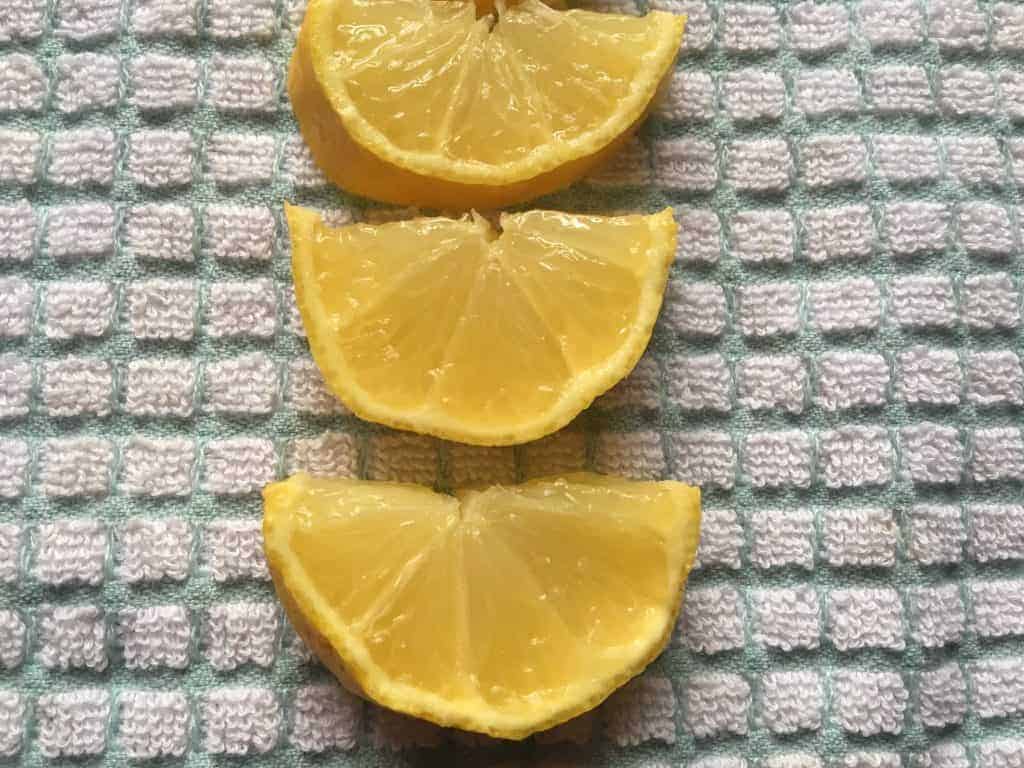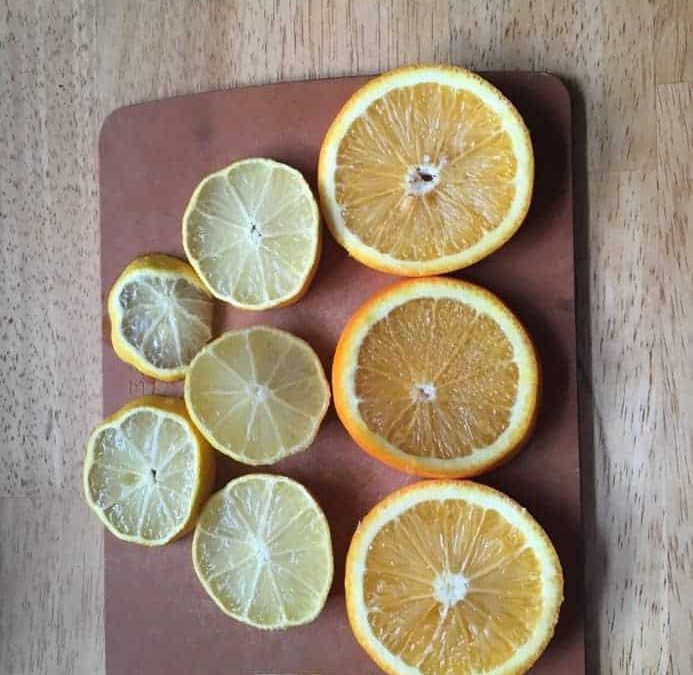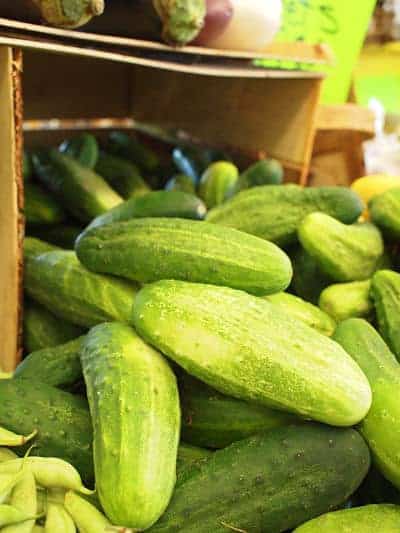How to Make Your Own Seasonings
Today, we are going to talk about making your own seasonings. There are many great ways to add additional flavor to foods that make them absolutely delicious! Here are just a few ways to add some punch to your meals!
I also have some spice mix ideas to share along with some other resources!
Here are Some ingredients to Make Your Own Seasonings
- herbs and spices
- Flavored Vinegar
- Fruit zest and juice
- Maple syrup, honey
- soy sauce, miso
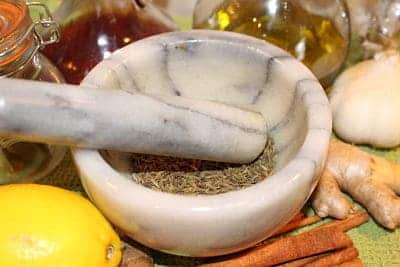
Exploring the Five Tastes
When I was in school, we had a food chemistry class where we learned about the four flavors on our tongues. Several years later, a fifth taste, also called Umami, was defined. A balance of these tastes makes our recipes flavorful.
Let’s discuss these unique tastes.
- Salty
- Sweet
- Sour
- Bitter
- Umami
Salty:
Salt can reduce bitterness in foods. This is interesting because our bodies can adapt to the level of salt that tastes good in our foods. So, people can get used to and enjoy a lower-salt diet with time. Sodium chloride is what we mostly use for this flavor, but broth and other condiments can also be a source. Processed foods also provide a lot of this flavor.
Sweet:
This pleasurable taste is found in simple carbohydrates. Foods include desserts, fruits, and sugar.
Sour:
This taste has been described as sharp and tangy, but it may also brighten things. Foods that contain this taste include yogurt, lemons, fermented vegetables, and sourdough.
Bitter:
Bitterness adds depth and interest. It is mostly found in plants like kale, dark chocolate, or coffee. Most vegetables have a variation of bitterness and that may be one reason why some people dislike some of these. A little bit of salty and other tastes can reduce the bitterness.
Umami:
The newest taste to be discovered is a savory, rich, meaty taste. The most common food with an umami taste is meat, but several plant-based foods also have this taste. Check out my blog post on umami flavors!
Tips on Making Your Own Seasonings
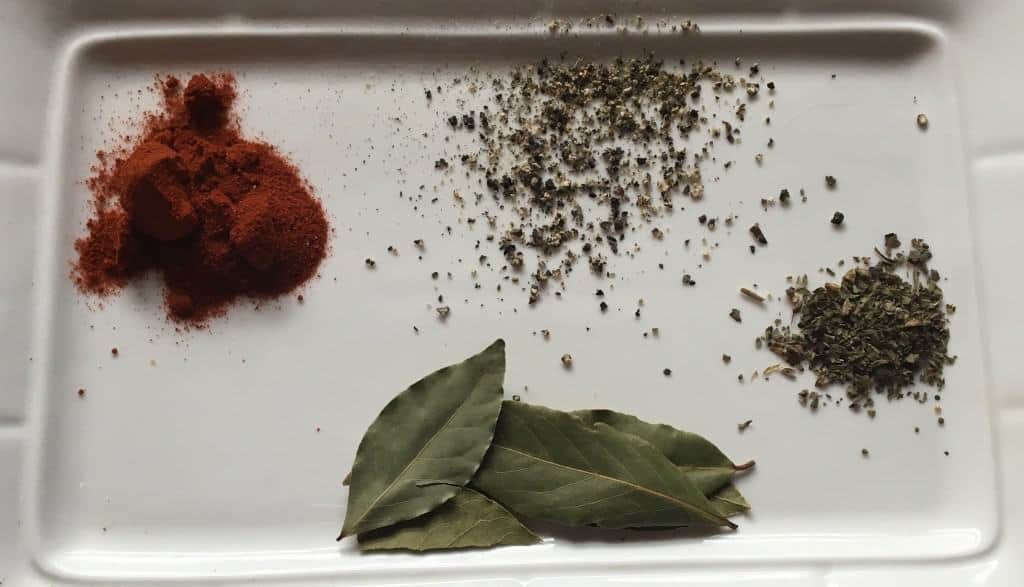
1. Herbs and spices
Herbs and spices add lots of flavor without adding the extra salt that we don’t need.
Here are just a few ideas:
Salad dressings:
Make your own Italian salad dressing with a pinch of pepper, Italian herb seasoning, pressed fresh garlic, ¼ cup vinegar, and ½ cup olive oil, along with just a sprinkle of salt. Fresh dressings are much tastier than store-bought dressings without the extra sodium. Check out my balsamic dressing here.
Pasta Sauces:
Most tomato sauces added to pasta, and other recipes are traditionally higher in salt. Make your own lower salt version with no-salted-added sauce with oregano, basil, fresh garlic, thyme, a pinch of red pepper, and a sprinkle of salt to make a sauce that you won’t forget!
Homemade Soup:
Store-bought soups are often full of sodium. You can make your own broths with lots of herbs, vegetables, and soup bones if desired. I love to use thyme, bay leaves, and a little savory in my favorite soups, but there are endless possibilities! Make extra broth and freeze it for next time, too. If you don’t have time to make your broth, there are several brands of natural, low-sodium bouillon that you can use. Just add your favorite herbs and spices! Try this Sweet Potato Kale Soup.
Seasonings for Eggs:
To make eggs flavorful, I love to add thyme to potato and broccoli frittatas, basil to greens and feta omelets, and chili powder to breakfast burritos. Check out how I seasoned these egg tacos.
Using Fresh Herbs:
For a change of pace, try fresh herbs in place of dried ones. Mix them in salads. Add them for garnish on top of your favorite dishes. Make pesto for soup toppings, sandwich spreads, pizza sauces, or kinds of pasta. Check out a favorite pesto recipe idea here.
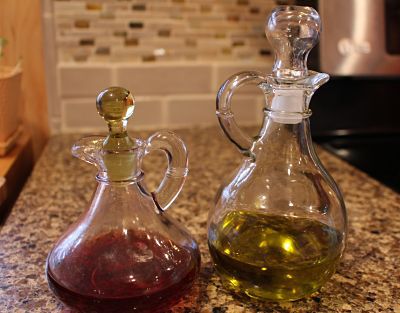
2. Using Flavored Vinegar
As you may have seen in the local grocery stores, the sky is the limit with flavored vinegar! To keep my meal prep simple, I like to keep just the basics on hand and then layer them as desired with herbs and seasoning.
Here are the vinegar choices that I always have on hand:
- Balsamic Vinegar- This aged vinegar creates a complex flavor to some of your favorite dressings and even tomato sauces. I like to use it with many of my favorite salads such as Roasted Butternut Squash, Pear and Goat Cheese Salad, and Spinach, Beet and Walnut Salad
- Rice Wine Vinegar- I use this in my basic Asian marinades. For example, my stir fry recipe ideas here.
- Red Wine Vinegar- I really like this vinegar in a bean salad because it adds a lot of structure to the recipe. Here is a Red Potato Salad with Green Beans and Potato recipe that utilizes this vinegar!
- Apple Cider Vinegar—One of my summer favorites is using equal parts of vinegar and water to make “fresh pickles”. Cut up fresh cucumber and onions.
3. Fruit Juices and Grate Citrus Peel:
Lemon: I love using lemon juice in my Greek salad dressing and other Mediterranean Recipes. Grated lemon rind is delicious in this delicious Pasta Primavera! How to make lemon zest: I use either my grater or zester to grate it.
Lime: This juice adds some zip to fajitas and other Mexican recipes. Try grated lime peel to fruit salad to give it a sparkle! How to make lime zest: I use either my grater or zester to grate it.
Orange: Try orange juice for some refreshing salad dressings and grated orange rind is delicious in cooked whole grains. I love it in Middle Eastern Dishes like couscous and tabouli. How to make lime zest: I use either my grater or zester to grate it.
Seasoning Considerations When Eating Low Fodmap
When purchasing foods on the low fodmap diet, take care to purchase ones that do not contain onions or garlic, you can use garlic and/or onion infused oils. Too balsamic vinegar can be a problem for some people. Look carefully on spice blend labels and condiments.
Making Your Own Seasonings
Here are three spice mixes that I use as staples in my recipes I left out salt, onion, and garlic powder. Feel free to taste each thing that you make and season with salt to taste. Add garlic and onion powder to each one of these recipes 1-2 teaspoons per recipe if you don’t have IBS. Otherwise, use garlic or onion oil.
Making your own spice blends makes a great gift!
- Mexican Spice Mix Recipe
I use this recipe for chili, tacos, burritos and enchiladas
Makes slightly less than 1/2 cup
1/4 cup tablespoon Chili powder without garlic or onion
1/8 cup paprika
1/2 tablespoon of cumin
1/2 teaspoon oregano
(Add salt to taste in your recipe each time you use this seasoning)
2. Italian Seasonings
I like to use this recipe in red pasta and pizza sauce. You can also use it to season proteins or add to olive oil based recipes for pasta, pizza, or vegetables
Makes almost 1/3 cup
2 tablespoons thyme
2 tablespoons basil
1 tablespoon oregano
1 1/2 teaspoon cayenne
(Add salt to taste in your recipe each time you use this seasoning)
3. All-purpose seasoning
This is a good general spice to season meats, vegetables, and grains.
Makes a little less than 1/2 cup
3 tablespoons dried parsley
2 tablespoons dried basil
2 tablespoons paprika
1/2 tablespoon sugar
1 tablespoon celery seeds
2 teaspoons pepper
(Add salt to taste in your recipe each time you use this seasoning)
If you want to save time from making your own seasoning or want to get a special seasoning, check out my friend Sarah Wicker’s company Products – Well Seasoned Table
Now You Know More on How to Make Your Own Seasonings
I hope that you can use some of these flavorful, healthy meal ideas to make those healthy fruits, vegetables, whole grains, beans, and other lean proteins absolutely delicious! As an Asheville dietitian and nutrition expert, I love to help others find meal-planning ideas and plant-based recipes to stay healthy and try new food and recipe ideas that they will love!
